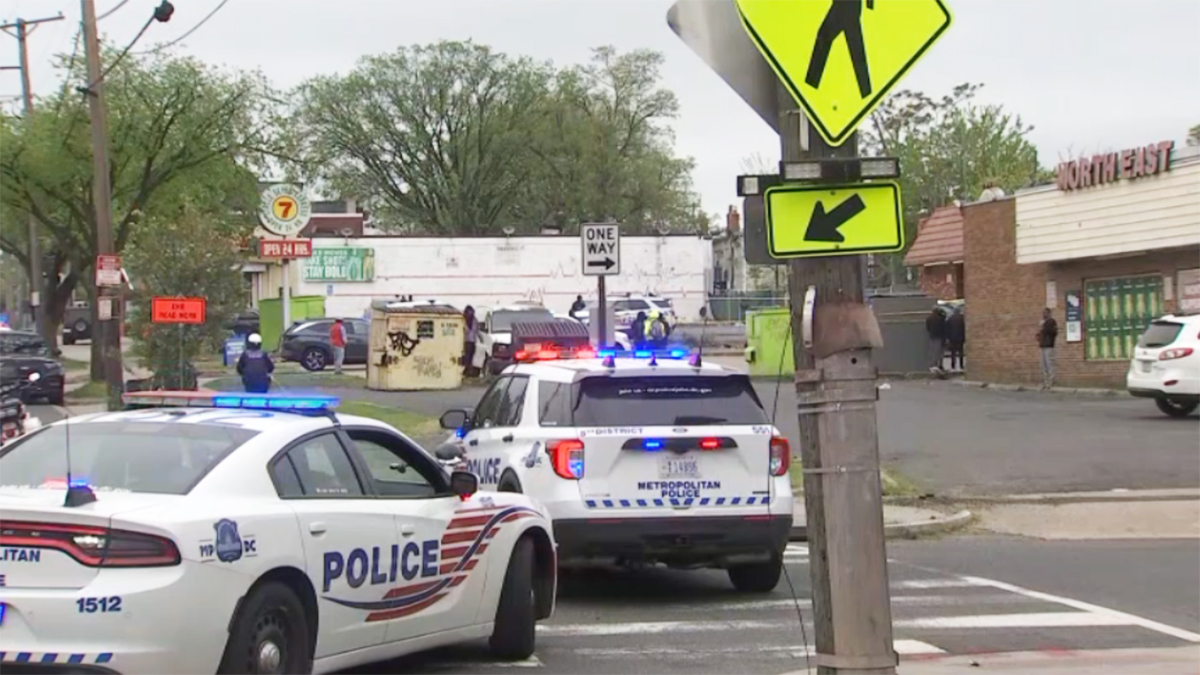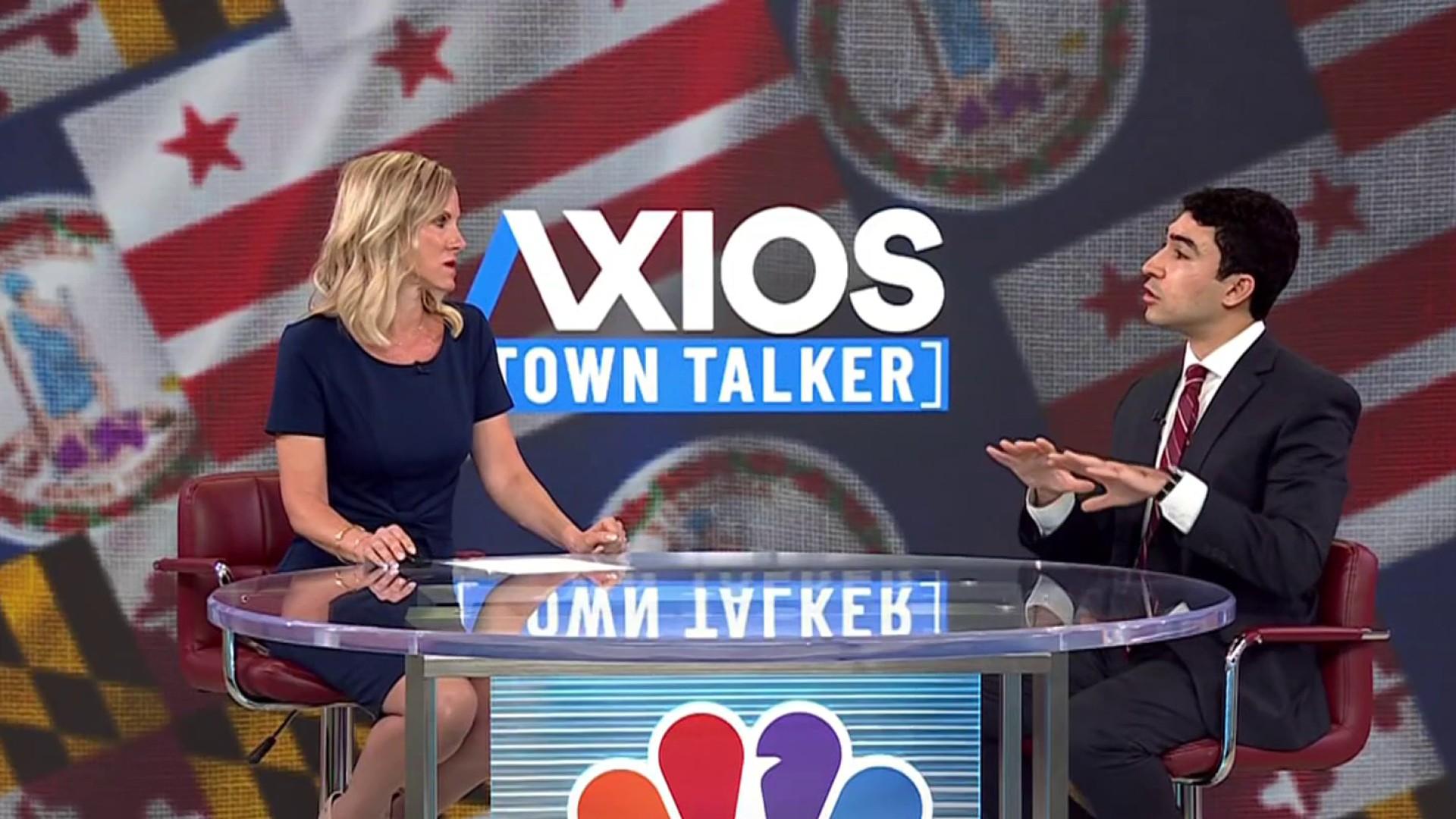D.C.’s technology office envisions a Washington with streetlights that not only have a motion detector but also offer Wi-Fi and live video of every street in the city, and trash cans that let the city know when they need to be emptied.
Chief Technology Officer Archana Vemulapalli looks at things differently than most. She looks at a trash can and sees ways to reduce traffic. She looks at a streetlight and sees what she calls one of “the District’s greatest assets.”
There are more than 71,000 streetlights in the District, not all of them working. Vemulapalli is leading an effort to convert all of them to smart technology hubs that will one day bring free Wi-Fi to students who don’t have internet connectivity at home, provide police real time video of every street in the District and allow the District’s Department of Transportation to monitor and regulate traffic from one remote location.
“How strategic can we be about the assets we own?” Vemulapalli asked from her test lab in southeast Washington. “And how can we use our assets that help not one or two but multiple agencies to deliver better quicker faster service to the residents, so streetlights and traffic lights are the best assets cities have. And so we need to be strategic about how we use them.”
Over the past few months, the District has created a living lab just blocks from the White House. Eighty smart light poles have been installed in a three-block area. The new technology comes with energy efficient LED lights, security cameras, motion detectors and Wi-Fi hot spots.
“If you talk about the ideal smart city, it’s looking at traffic, it’s looking at parking, it’s looking at quality of life, it’s looking at your ability to get from point A to point B and knowing how you can get there. And it’s about you connecting when you want to connect,” Vemulapalli said.
Yes, she included parking as one of the benefits provided by the new smart light poles. The cameras are able to track traffic patterns from block to block. The data allows traffic managers to see things like how many times an individual car circles a block looking for a parking space. The long-term goal is to take that information and feed it to an app that users will have on their smartphones. The app would show real time information of available parking spaces.
Local
Washington, D.C., Maryland and Virginia local news, events and information
In addition to helping you find a parking space, the new smart lights will save taxpayers money. The new lights can be activated by motion detectors or by how dark it is. In neighborhoods where lights are on for public safety reasons, the lights can stay on whenever it’s dark, but in areas where lighting isn’t always necessary, that’s when the motion detectors can help, said Anil Sharma, the chief network officer overseeing the new smart technology.
“To save power or to utilize power in an effective manner, we want to make sure, if nobody is in the area, depending on the environment of the neighborhood, the lights stay off,” Sharma said.
But controlling when the lights are on isn’t the only way they’ll save money. Each light has a monitor that tracks energy usage. Over time that data can be used to predict usage and allow the District to purchase electricity in bulk.
“That’s the beauty of data and the beauty of being strategic about how we think about things,” Vemulapalli said with a smile.
Last month Mayor Muriel Bowser joined a District Department of Transportation crew that was fixing one of the old lights that burned out. Community activists have complained for years about the backlog of burned out streetlights in need of repair. The new smart technology will help reduce that problem as well. The new lights can tell headquarters when they’re not working, Sharma said.
“If the light is not functional, there’s an alerting feature, so it’s proactive in nature,” Sharma said. “You don’t have to wait for a resident to actually report the light is not working.”
So, how can a trash can reduce traffic? Once again, it’s all about crunching data, Vemulapalli said.
The smart trash cans have a sensor built into the cover of the can. That sensor alerts the Department of Public Works when it’s full and needs to be emptied. That information will result in fewer trash trucks on the roads.
“To give you a perspective, I can put a sensor in a trash can and that’s great,” Vemulapalli said. “If you think of it simply, it tells you if it’s full or empty and it needs to be picked up. But now if I have that information and see what the typical levels are on a daily basis and I can switch my trash can pickups from standard Thursday pick up that shows up at your house to a better way so I can now alleviate some of the traffic congestion, we’ll achieve multiple successes through that one effort.”
For now, the only smart trash can is inside a lab at OCTO headquarters, but Vemulapalli and her team hope they’ll be on the streets soon. The smart light poles are a reality, albeit just in testing mode in a small area between 17th and 20th Streets NW. Mayor Bowser will announce Thursday her plans to take the smart lights District-wide. She hopes to partner with a private sector company that will help defray the startup costs of installation.



